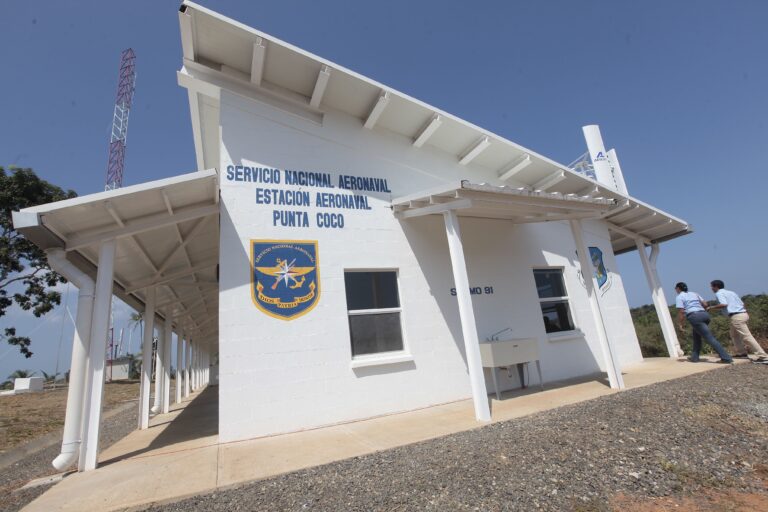PANAMA CITY.- On an islet of the Pacific there is a maximum security prison that has become the focus of an intense controversy in the country due to the alleged violation of human rights of their prisoners. Even the IACHR has played a leading role in the issuance of a precautionary measure in favor of six prisoners.
This September 27 Panama submitted to the UN Committee Against Torture (CAT) the final document of the 4th Regular Report on the Convention Against Torture and other Cruel, Inhuman or Degrading Treatment or Punishment. The Foreign Ministry summoned the Permanent National Commission to ensure compliance and monitoring of the commitments made by the country at the national and international level in the field of Human Rights.
According to the Panamanian authorities, the document incorporates advances of the State such as the implementation of the Adversary System (AS), the creation of the Penitentiary Career, strengthening the National Policy Against Trafficking and Related Activities, as well as a bill that is created by the National Mechanism for the Prevention of Torture and other cruel, inhuman or degrading treatment or punishment, which will allow the periodic examination of the conditions under which persons deprived of their liberty are kept.
The Controversial Punta Coco Prison
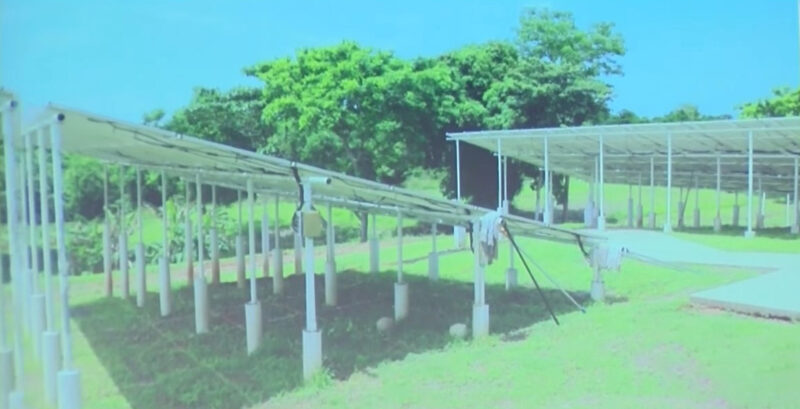
While it is true that through this report the current national government shows its interest to be on par with international agreements in this area, moreover situations prevail in the prison system that nowadays are subject to strong criticism. An example of this is the case of Punta Coco Prison, located on a small island of the Pacific, about 107 kilometers from Panama City.
This place started as a naval base built by the government of the United States in 2014, at a cost of US $ 73.5 million to detect the entry of drugs into the territory of the isthmus. Its precise location is at the southern tip of Isla del Rey, a perfect position to guard the entrance to the Gulf of Panama, along with points of Bahía Piña, the province of Darién, and Punta Mala on the Azuero Peninsula.
Soon after its construction, the National Executive decided to turn the place into an island prison, investing supposedly about US $ 150 billion, an amount that was never confirmed by the authorities. In March 2015 the project management of Panama National Air Service (SENAN), responsible for the adequacy of Punta Coco, reported that the project was advanced by 50%.
At that time, President Juan Carlos Varela said resources for the work came from his discretionary item and the government budget. But a month later – without explanation – the authorities confirmed that the project, a key part of Varela’s administration strategies to dominate urban gangs and organized crime, had been canceled.
“Now it will be used to retain people involved in criminal acts in these areas (Las Perlas Archipelago populations) until they are sent to the city,” said Milton Henríquez, Minister of Government. When Henríquez issued his statement, it was known that in Punta Coco six leaders of some of the 200 dangerous gangs dedicated to drug marketing and contract killings in the country were isolated, including a man identified as José Ruiz Camargo.
His advocate, attorney Shirley Castañeda, welcomed the government’s decision to cancel the project and said: “I do not want to think it was because of pressure, because we should not be in the position of having to press for the respect of human rights, but if people had not been opposed, prison would be a reality”.
Claims
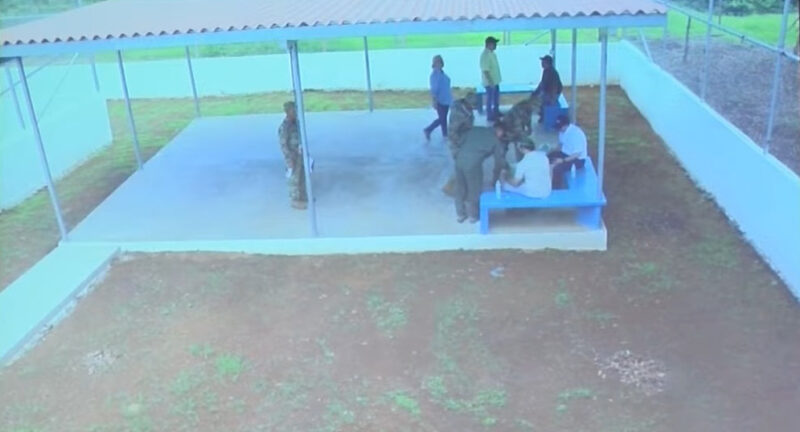
Two UN human rights experts, Seong-Phil Hong – a key element of the Working Group on Arbitrary Detention – and Special Rapporteur on Torture Juan E. Méndez, were among the prominent figures that made public the conditions of the prisoners of Punta Coco. “The transfer of detainees to a naval air base that does not meet the sanitary conditions and is not dependent on the Prison System should be reexamined,” they said noting that these cells were administered by the SENAN, an armed body under the Ministry of Security and not the Prison System.
The experts also spoke on the relocation of several detainees in prisons “La Chirola” and “Nueva Joya” in the island prison. According to Hong “These transfers were made without order of the competent authority and without notice to the relatives and lawyers of these people. The right of detainees to communicate with their lawyers and to adequately prepare their defense is limited because of the distance and the high cost of transfer”.
Likewise, Special Rapporteur Méndez drew attention to the fact that in Punta Coco communication between prisoners was prevented, and access to the outside world was restricted. “During the visits, prisoners remain shackled with hands and feet. Also, it is thought they have various stomach problems due to the supply of brackish water. They only have 40 minutes to go outside, one by one, to wash their clothes and not every day. Cells are lacking electricity and do not have proper ventilation,” he said and highlighted that “these conditions equals inhuman and degrading treatment … Solitary confinement should only be used as a last resort in very exceptional situations, and observing minimum safeguards and guarantees”.
One Step Forward… Two Steps Back
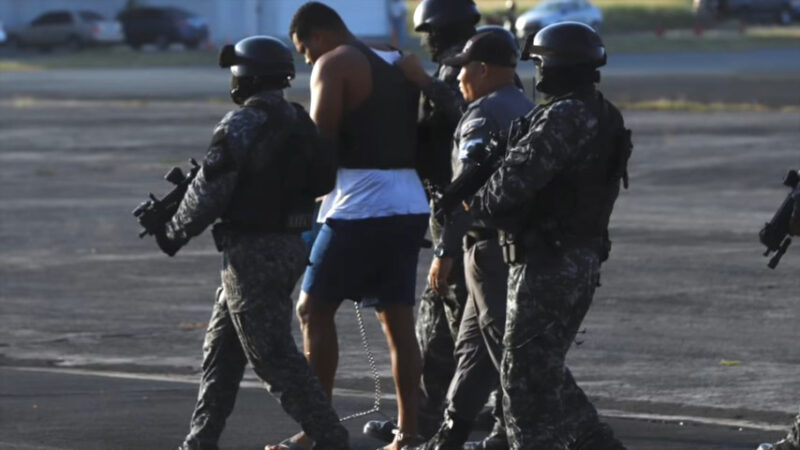
A year after Varela’s government announced the alleged cancellation of the Punta Coco prison project, not only do several people remain prisoners in the place, but also there have been new transfers to the prison now considered maximum security. That has raised in the country an intense debate between national and international organizations requesting the closure of the prison and citizen groups who agree to keep the place.
On February 25, 2016, the Inter-American Commission on Human Rights (IACHR) issued an injunction in favor of six detainees on the island, who were transferred in late March to the prison La Nueva Joya in Pacora. At that time, Isabel de Saint Malo de Alvarado, chancellor and vice president of Panama, said the transfer of detainees came after a report that was consulted with relatives and lawyers of detainees. “Panama has complied with the deadline for filing that report,” she said.
Despite the action of the IACHR, President Juan Carlos Varela said that Punta Coco “remains a transient maximum security prison, focused on the safety of detainees and the population.” Then, in the middle of September, the national president confirmed the transfer of four prisoners to Punta Coco, news welcomed by the former director of the defunct Judicial Technical Police (PTJ, in Spanish), Jaime Abad, who labeled the prison as “necessary”.
An Obsolete Protocol?
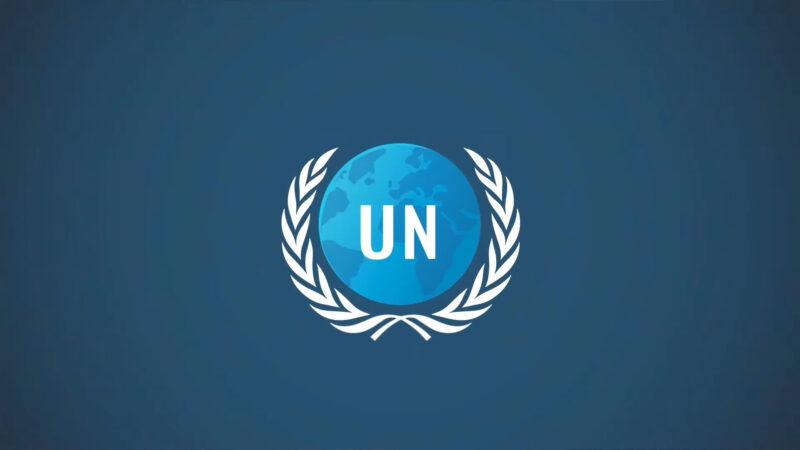
The former police officer says he respects the concept of human rights and the appeals filed by the defense lawyers of the prisoners. However, he considers it essential to keep track of the fact that technology now allows high-level detainees to stay connected with criminal organizations, when they serve their sentences in prisons located in urban areas or on land and thus remain active in the violent gang circle.
Jaime Abad says that although 40 years ago the UN established the protocol recommending the signatory countries not to use islands as prisons, currently the same Organization is reviewing this position precisely because conditions have already changed in this matter. “Countries around the world are going to have, under the recommendation of the UN, to retake the islands as prisons. We have no other choice, it is the only way to isolate mass communications technology that currently exists,” he said.
Final Words
The controversy surrounding Punta Coco underscores a larger debate within Panama about the effectiveness of island prisons in addressing modern challenges. The former director of the defunct Judicial Technical Police, Jaime Abad, argues that while international protocols discouraged the use of islands as prisons in the past, evolving technology and criminal networks are prompting a reconsideration of this stance.
Abad suggests that isolating high-level detainees on islands may be the only effective way to disrupt their communication with criminal organizations and curtail their influence. In this context, Panama finds itself at a crossroads. The nation’s commitment to human rights and international agreements is commendable, yet the reality of Punta Coco raises questions about the practical implementation of these ideals.
The ongoing debate surrounding the prison highlights the complexities of balancing security concerns with the safeguarding of human rights. As Panama, a country rich in history and culture, navigates this challenging terrain, the world watches closely, awaiting the resolution of the Punta Coco controversy and the broader implications it holds for the country’s penal system and commitment to human rights.

